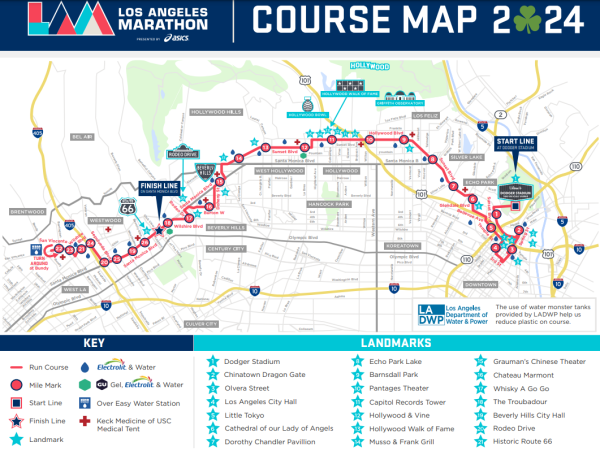Why Are Earthquakes More Likely During Full Moons?

Photo courtesy of Light Stalking.
October 26, 2016
A new study from The University Of Tokyo shows that earthquakes are more likely to occur during full or new moons. During full moons, the tides are higher than normal which have a tendency to cause earthquakes.
“The reason for the increased risk, the researchers have found, is because fault lines tend to become more strained as the tides get higher and heavier than normal when the earth, moon, and sun are aligned,” stated AOL.
The pressure of high tides can add stress to the faults and cause the earth to quake. The high tides that are likely to cause earthquakes are called spring tides and occur when the sun and the moon line up directly.
Large earthquakes such as the 2004 Sumatran earthquake and the 2010 Chile earthquake happened in a two week period after full moons. Yet, there isn’t an earthquake every full moon.
“For more than 10,000 earthquakes of around magnitude 5.5, the researchers found, an earthquake that began during a time of high tidal stress was more likely to grow to magnitude 8 or above,” reported Nature.
The Aristotle University of Thessaloniki in Greece came out with a study in February that shows approximately 17,000 earthquakes in southern Greece took place during times of high tides from 1964 to 2012.
Even though Full Moons can increase the chance of earthquakes tremendously, they are not the only causes of the earthquakes. Earthquakes are caused by tectonic plates under the earth shaking, breaking, or rubbing against each other, USGS reported.
In the ten years before the Tohoku earthquake in Japan, smaller earthquakes occurred around times of high tides before the large earthquake hit. After the earthquake, the smaller earthquakes abruptly stopped.
The theory of gravitational forces affecting earthquakes was first presented by Isaac Newton, a renowned and influential scientist in 1687. However, he was not able to provide evidence to support his theory.
Alhees Basharmal (9) hopes that “in the future scientists will be able to forecast earthquakes based on tide patterns.”
“Thus, knowledge of the tidal stress state in seismic regions can be used to improve probabilistic earthquake forecasting, especially for extremely large earthquakes,” stated researchers Satoshi Ide, Suguru Yabe, and Yoshiyuki Tanaka according to Pacific Standard.




















